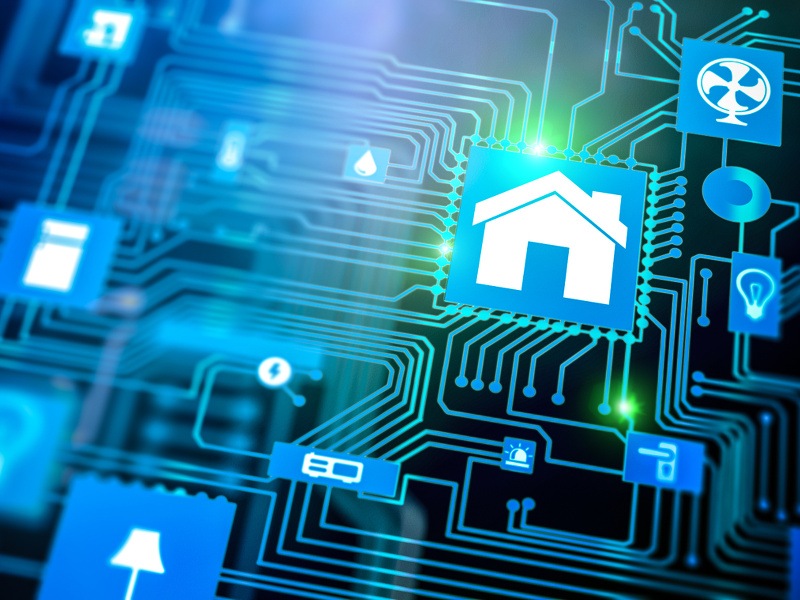› Forums › IoTStack › News (IoTStack) › A combination of Wi-Fi and LoRaWAN can expand IoT use cases – report
Tagged: ConnectivityTech_S8, IoTNetwork_H5, Tips_G9
- This topic has 1 voice and 0 replies.
-
AuthorPosts
-
-
November 17, 2019 at 5:30 pm #36587
#News(IoTStack) [ via IoTGroup ]
Headings…
A combination of Wi-Fi and LoRaWAN can expand IoT use cases – report
LoRaWAN and Wi-Fi: The differences
The power of twoWireless Broadband Alliance issues guidelines for Wi-Fi 6 deployment
Irish Vodafone 5G network goes live in five cities with more to come
5G explainer: How does it work and how fast is it?
Visually striking €1.5m 5G test centre opens at Maynooth University
Mobile 5G: Brave new world or regulatory nightmare?

Auto extracted Text……Advocates for Wi-Fi and LoRaWAN technologies have released a white paper illustrating how combining the two could enable new IoT opportunities.
A new white paper released today (24 September) by the Wireless Broadband Alliance (WBA) and the LoRa Alliance illustrates how a combination of Wi-Fi and LoRaWAN can open up a variety of new internet-of-things (IoT) use cases.
Titled Wi-Fi & LoRaWAN Deployment Synergies: Expanding Addressable Use Cases for the Internet of Things, the report shows what mobile operators, enterprises, cities and other IoT players can gain from combining these connectivity technologies.
“Wi-Fi and LoRaWAN are two important technologies utilising the unlicensed spectrum, and they already address a large proportion of IoT use cases,” said Tiago Rodrigues, general manager of WBA.
The LoRaWAN protocol is an open global standard for secure, carrier-grade IoT LPWAN (low-power wide-area network) connectivity.
Wi-Fi connectivity covers short and medium-range use cases at high data rates and may require more power, making it the preferable technology for people-centric mains-powered applications such as real-time video and internet browsing.
Meanwhile, LoRaWAN covers long-range use cases at low data rates, making it the preferable technology for low bandwidth applications, including those in hard-to-reach locations such as temperature sensors in a manufacturing setting or vibration sensors in concrete.
As such, Wi-Fi networks are traditionally built to support critical IoT while LoRaWAN is typically used to support low data rate massive IoT applications.
The paper identifies a number of IoT use cases that can be optimised with a combination of Wi-Fi and LoRaWAN networks, including in smart transportation and smart buildings.
In a residential setting use case, Wi-Fi connects personal and professional devices, while LoRaWAN is used for home security and access control, leak detection, fuel tank monitoring and other applications
Read More..
AutoTextExtraction by Working BoT using SmartNews 1.0299999999 Build 26 Aug 2019
-
-
AuthorPosts
- You must be logged in to reply to this topic.
